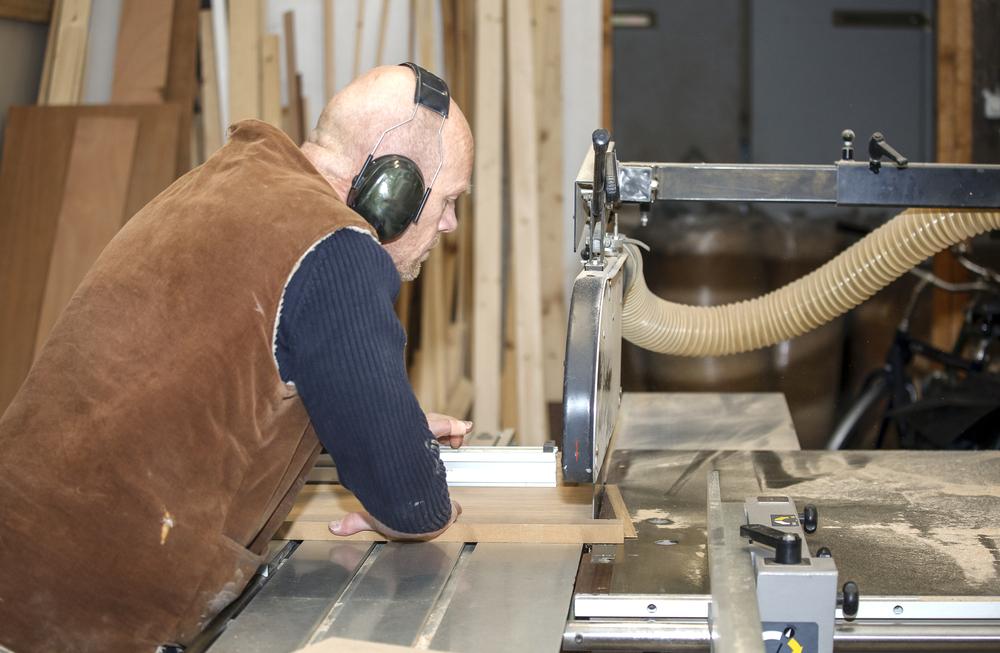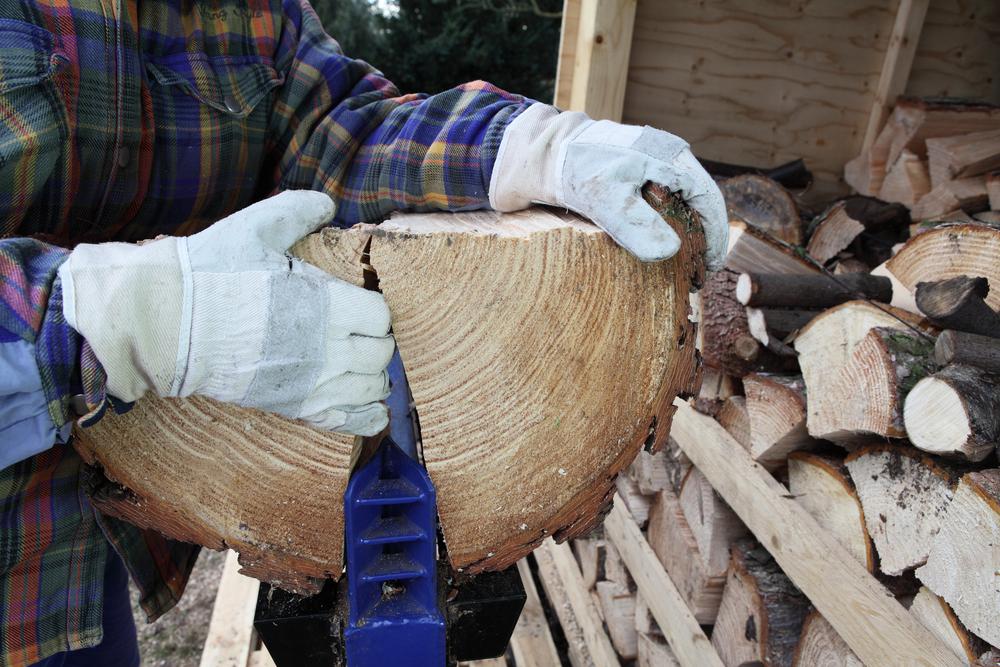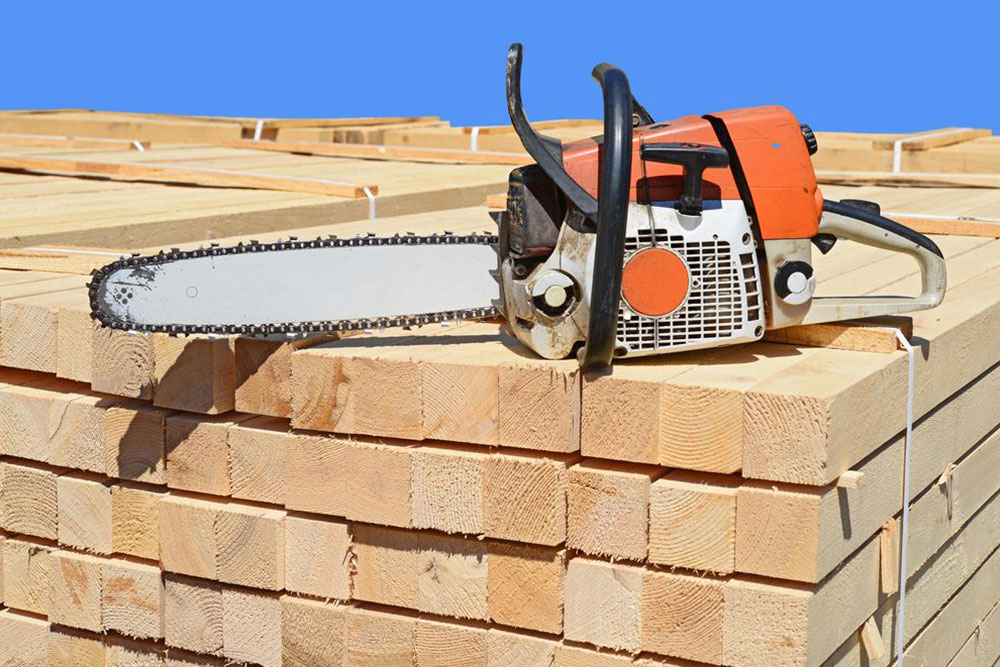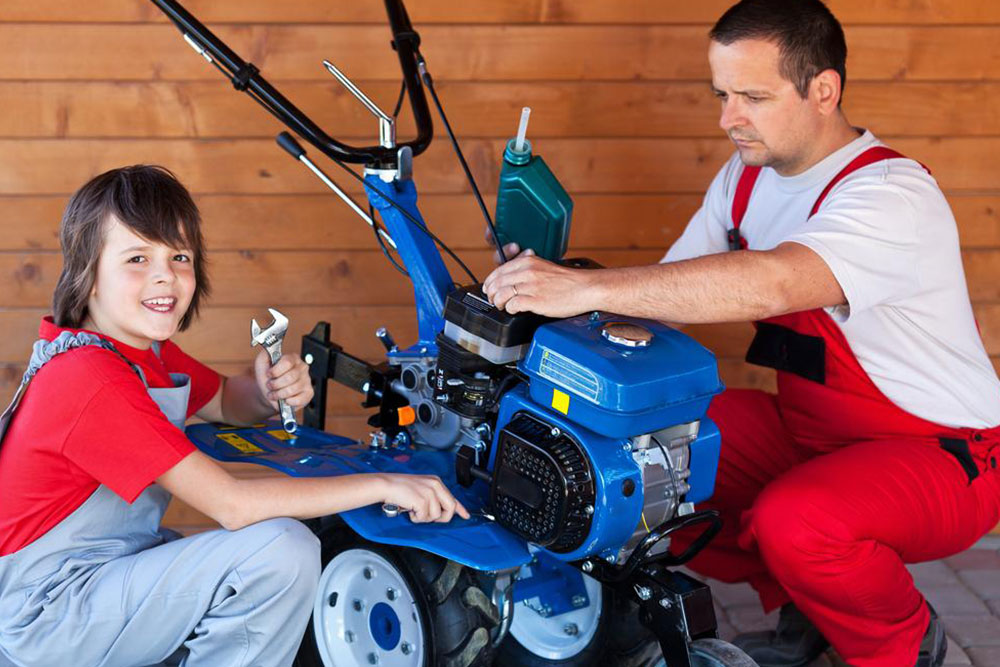Ultimate Guide to Efficient Wood Splitting Tools for Garden and Home Use
This comprehensive guide explores various types of wood splitters, highlighting their features, benefits, and suitable applications for gardening and home use. Learn how modern hydraulic and gas-powered splitters improve efficiency, safety, and convenience in wood processing tasks, making them valuable tools for homeowners and professionals alike.

Comprehensive Solutions for Wood Splitting in Garden and Home Projects
Efficient wood splitting is an essential aspect of managing firewood and supporting various outdoor activities, especially for gardening enthusiasts and homeowners who rely on wood-burning heating. The evolution of wood splitting equipment has led to a range of tools designed to make the process safer, faster, and less physically demanding. From manual devices to advanced hydraulic machines and gasoline-powered splitters, understanding these options helps users select the best equipment suited to their needs, whether for small-scale gardening tasks or large-scale firewood processing.
These machines utilize advanced hydraulic technology, pistons, and leverage mechanisms to exert significant force, making the splitting of logs more efficient and less labor-intensive. The force exerted depends on the model, with professional-grade splitters capable of generating up to 25 tons of splitting power, perfect for large quantities of firewood. Household models, suited for smaller projects, generally produce around 10 tons of pressure, enough for routine use.
Different Types of Wood Splitters and Their Features
Choosing the right wood splitter depends on your specific needs and the scale of your projects. The main types include manual, hydraulic, and gas-powered splitters. Manual splitters are operated by leverage, often mounted on tractors or handheld devices, and are ideal for small-scale applications or occasional use. Hydraulic splitters use fluid power to generate high splitting forces, making the task easier and more efficient, suitable for both DIY gardeners and small businesses. Gas-powered splitters combine the mobility of gasoline engines with hydraulic technology, providing powerful performance without the need for manual effort and are excellent for extensive firewood processing.
Most hydraulic and gas-powered splitters are designed to be mounted on 3-point linkages or wheeled frames to ensure stability and portability, respectively. This adaptability allows users to operate in different environments, whether in a backyard or a lumber processing yard. Choosing the right type requires considering factors like log size, frequency of use, and available space.
Advantages of Using Modern Wood Splitters
Leveraging advanced wood splitting tools can significantly reduce the physical strain associated with manual splitting. These machines allow users to split wood quickly, precisely, and with minimal effort, saving both time and energy. They operate on diverse fuels—gasoline, diesel, or hydraulics—ensuring compatibility with various energy sources and operational preferences. For households facing rising fuel costs, hydraulic models powered by stored or external hydraulic fluid provide an economical and environmentally friendly option.
For businesses involved in firewood sales, lumber, or wood-based manufacturing, investing in high-capacity splitters ensures consistent productivity and durability. Furthermore, the ease of operation helps reduce workplace injuries, making these tools safer for users.
Reasons to Invest in a Quality Wood Splitter
Investing in a reliable, high-performance wood splitter is a practical decision for those who regularly work with logs. These machines are designed not only for efficiency but also for longevity, featuring durable components and high-quality build materials. Quality models tend to require less maintenance and offer smoother operation, translating to long-term savings and enhanced productivity. Whether you are a gardening hobbyist or a professional firewood supplier, selecting top-tier equipment ensures that tasks are completed faster and with less frustration.
Additionally, a good wood splitter can be a cost-effective investment by reducing the need for manual labor and enabling users to process larger quantities of wood in shorter amounts of time. This is especially crucial during winter seasons when a steady supply of firewood is necessary for heating homes or outdoor heating setups.
Versatile Applications of Wood Splitters
While small, portable firewood splitters are popular for domestic use, commercial operators utilize larger, more powerful splitters for industrial applications. For example, syrup production facilities use specialized splitters to process wood or logs for producing maple syrup and other products. The versatility of these machines makes them suitable for various industries, including gardening, landscaping, construction, and even logging operations.
Moreover, advancements in safety features, automation, and ease of use continue to make wood splitters more appealing across different sectors. They contribute significantly to streamlining workflows, minimizing physical effort, and maximizing output, proving invaluable for both hobbyists and professionals.
In conclusion, choosing the right wood splitting tool depends on your specific needs, log sizes, and frequency of use. Modern hydraulic and gas-powered splitters offer a blend of efficiency, safety, and durability, making them indispensable for a variety of applications related to firewood preparation. With continuous innovations in the industry, users can expect safer, more efficient, and environmentally friendly options in the near future. Whether you need a small household splitter or a heavy-duty industrial machine, investing in quality equipment ensures reliable performance, longer lifespan, and improved productivity for all your wood processing needs.





